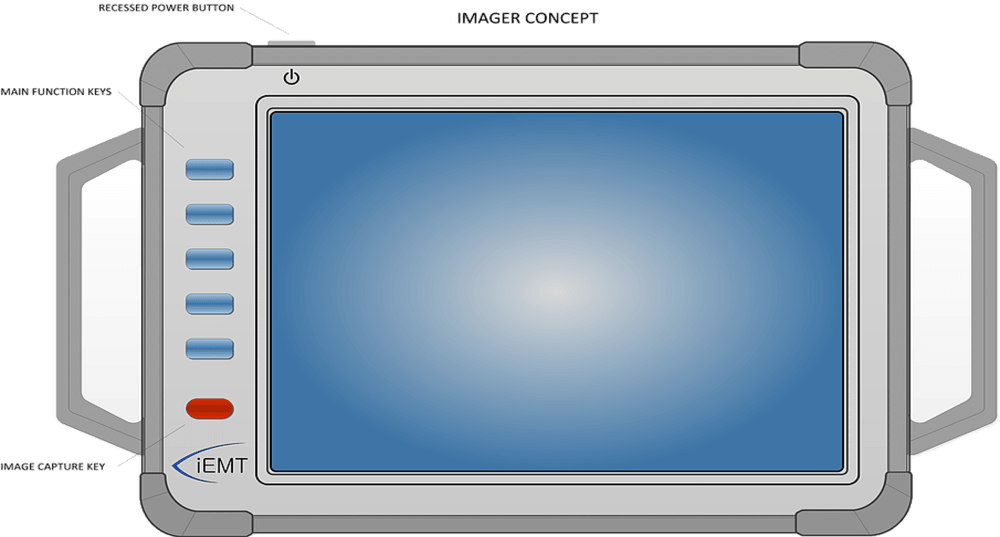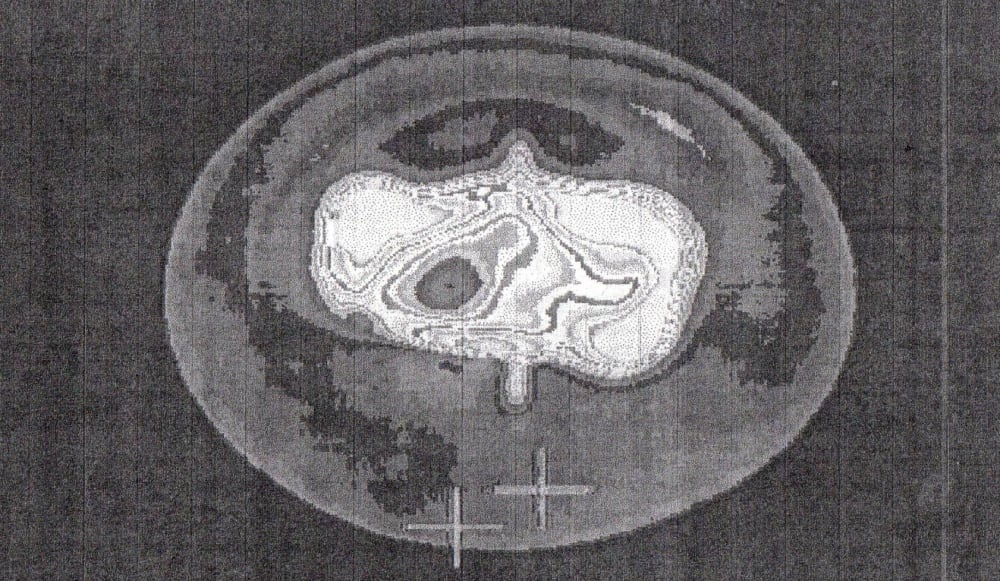
Our company, IEMT, has developed and patented technology for a portable, low cost, medical imaging system that, for the first time, can be placed in the hands of first responders and professional practitioners.
This innovative and new approach has the potential to revolutionize the medical imaging market by incorporating technology advances previously untapped for such applications.
The result is a single, unified medical platform that delivers detailed, full-body images, on site.
This imager will be laptop-sized device. It will have roughly the same physical footprint as a laptop but at least twice the thickness in order to accommodate imaging components. The corresponding weight goal will therefore be approximately 5 lbs. The display is anticipated to be larger than an iPad but with the same image resolution as an iPad.
Use of Commercial-Off-The-Shelf (COTS) components will insure high quality and performance, yet low materials cost
Existing biomedical imaging techniques such as MRI, CAT scans, ultrasonic scans, nuclear medical, terahertz radiation and X-ray all have limitations.
These include, but are not limited to exposure to ultra-strong magnetic fields, high-energy radiation with potential genetic damage, application of dyes and tracers, ingestion of imaging agents, invasive procedures as well as physical contact with the subject and confining environments.
IEMT’s technology will overcome these deficiencies and shortcomings.
Existing imaging systems entail significant post-procurement maintenance and calibration costs. The facilities which house such equipment are very specialized, requiring specific construction techniques, shielding, higher power requirements and structural strengthening of floors.
The cost of existing imaging equipment is anywhere between $200,000 and $3,000,000 per unit.
IEMT imagers will break this price barrier.
Medical imagers are simply not available to most of those medical professionals who really need them. Potential markets for this technology are:
- EMTs deployed in the field
- Practitioners in remote locations
- Veterinary medicine doctors
- Physicians in rural communities
- First Responders in disaster scenarios
- Military corpsmen deployed in theater
- Private radiological practices
- Regional and community emergency medical services
- Astronauts on space missions
Such imagers could revolutionize emergency medical care if put into the hands of local EMTs, firefighters and police officers deployed to accident sites.
For example, physicians in rural communities would have access to patient imagery that currently is only accessible to select few medical institutions, such as hospitals, which could be hours away even by medical helicopter.
First Responders arriving to serve disaster victims in the remote backcountry would be able to diagnose internal injuries on site.
Real time imaging data could then be transmitted from a remote site directly to attending physicians at the medical facility.
With this technology, patients could be diagnosed even before they are admitted. Treatment could begin immediately when patients arrive, saving precious time.
There exists a very large, underserved worldwide market which will realize the benefit of an anytime, anywhere and portable medical imaging platform!
-
Awards
-
 2024 Top 100 Entries
2024 Top 100 Entries
Like this entry?
-
About the Entrant
- Name:Al Messano
- Type of entry:individual






